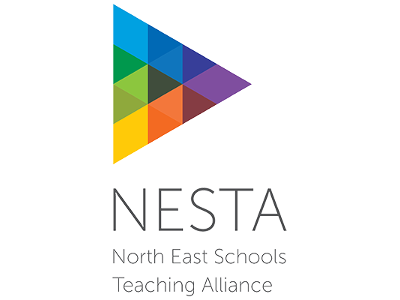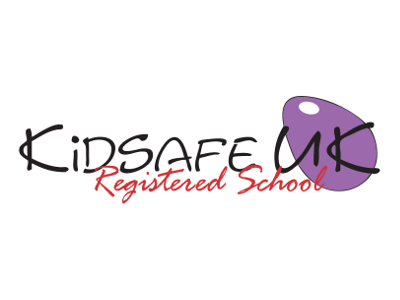Geography – Year 4
Download
Download our Year 4 Geography curriculum here.
Geographical Enquiry |
Physical Geography |
Human Geography |
Geographical Knowledge |
|---|---|---|---|
| I can carry out a survey to discover features of cities and villages. I can find the same place on a globe and in an atlas. I can label the same features on an aerial photograph as on a map. I can plan a journey to a place in England. I can accurately measure and collect information(e.g. rainfall, temperature, wind speed, noise levels etc.). |
I can describe the main features of a well known city. I can describe the main features of a village. I can describe the main physical differences between cities and villages. I can use appropriate symbols to represent different physical features on a map. |
I can explain why people are attracted to live in cities. I can explain why people may choose to live in a village rather than a city. I can explain how a locality has changed over time with reference to human features. I can find different views about an environmental issue and explain my view. I can suggest different ways that a locality could be changed and improved. |
I can locate the Tropic of Cancer and the Tropic of Capricorn. I know the countries that make up the European Union. I can name up to six cities in the UK and locate them on a map. I can locate and name some of the main islands that surround the UK. |
Purpose of study |
|---|
| Pupils should extend their knowledge and understanding beyond the local area to include the United Kingdom and Europe, North and South America. This will include the location and characteristics of a range of the world’s most significant human and physical features. They should develop their use of geographical tools and skills to enhance their locational and place knowledge. |
Aims |
|---|
| Location knowledge Locate the world’s countries, using maps to focus on Europe, North and South America concentrating on their environmental regions, key physical and human characteristics, countries and major cities. Name and locate countries and cities of the United Kingdom, geographical regions and their identifying human and physical characteristics, key topographical features (including hills, mountains, coasts and rivers), and land-use patterns; and understand how some of these aspects have changed over time. On a world map, locate areas of similar environmental regions, either desert, rainforest or temperate regions. Locate and name the main counties and cities in/around Yorkshire/Cleveland/Durham. Human and physical geography Describe and understand key aspects of: Physical geography, including: vegetation belts, rivers and the water cycle. Human geography,including: types of settlement in modern Britain: villages, towns, cities. Geographical skills and fieldwork Use maps, atlases and globes and digital/computer mapping to locate countries and describe features studied. Use the eight points of a compass, four and six-figure grid references, symbols and key (including the use of Ordnance Survey maps) to build their knowledge of the United Kingdom and the wider world. Use fieldwork to observe, measure and record the human and physical features in the local area using a range of methods, including sketch maps, plans and graphs and digital technologies. |
| Possible topic: Zenith Growing up in Normanby |
Possible topics: | Possible topics: |











